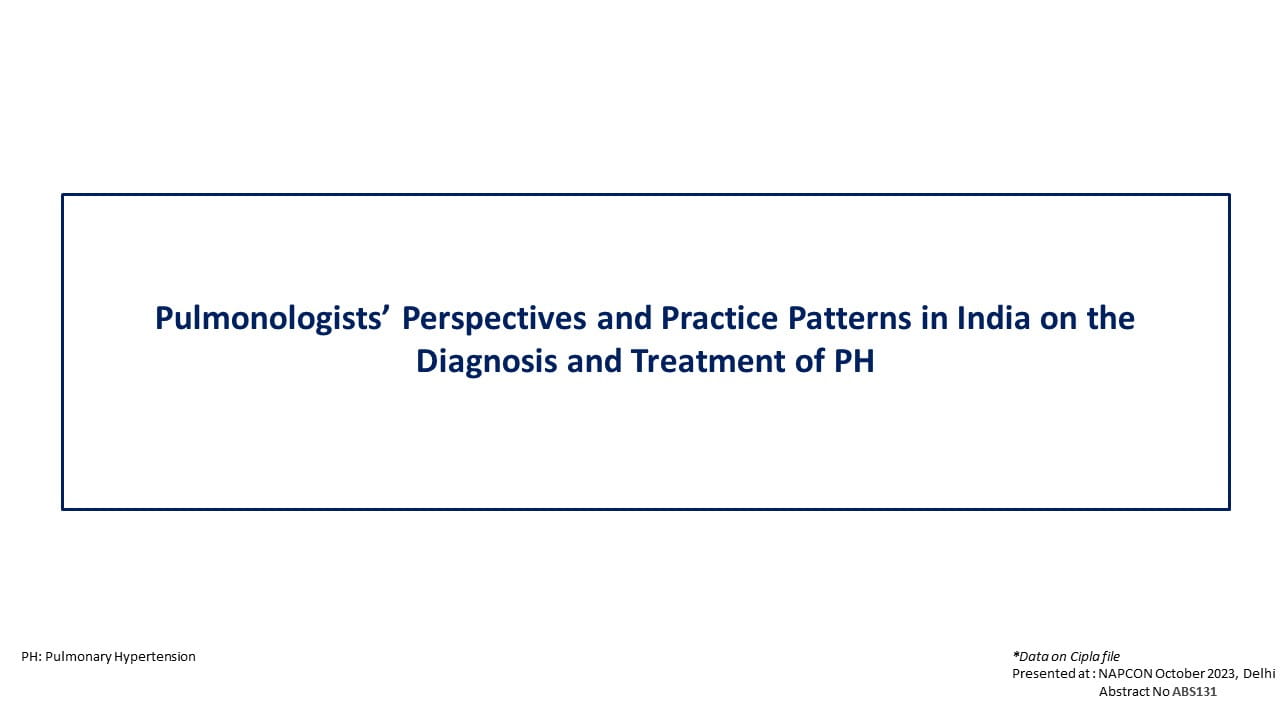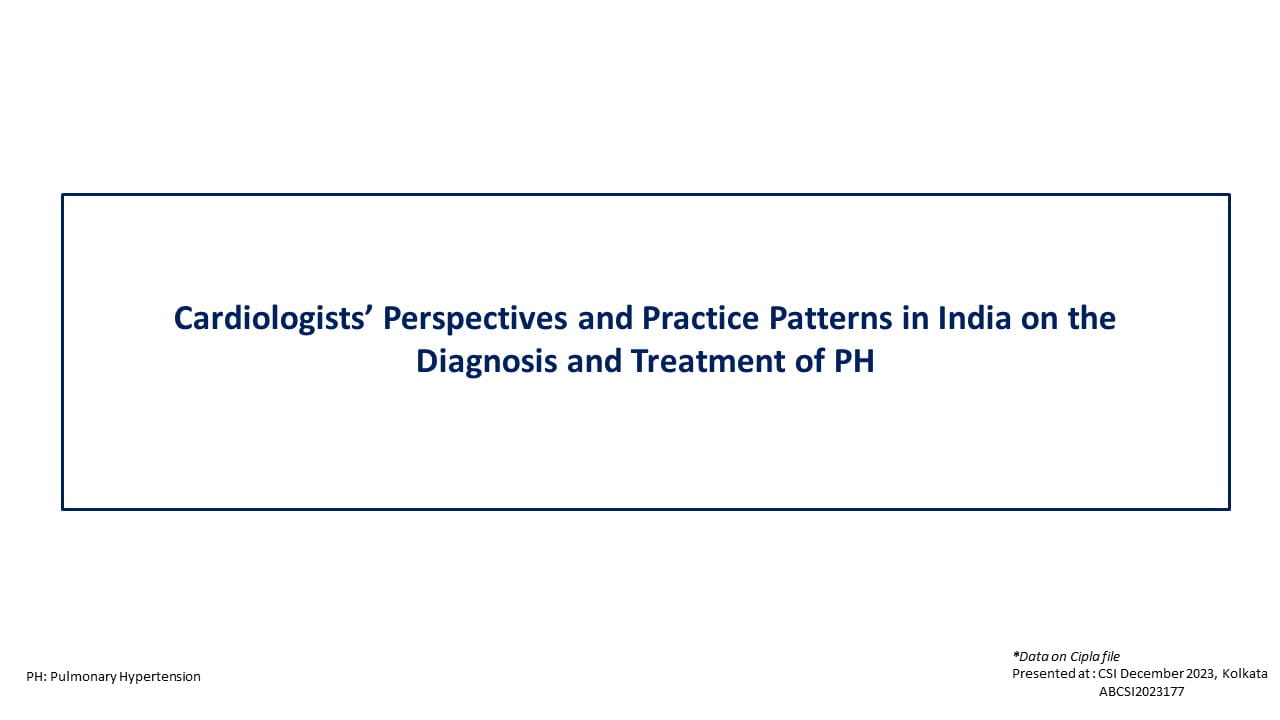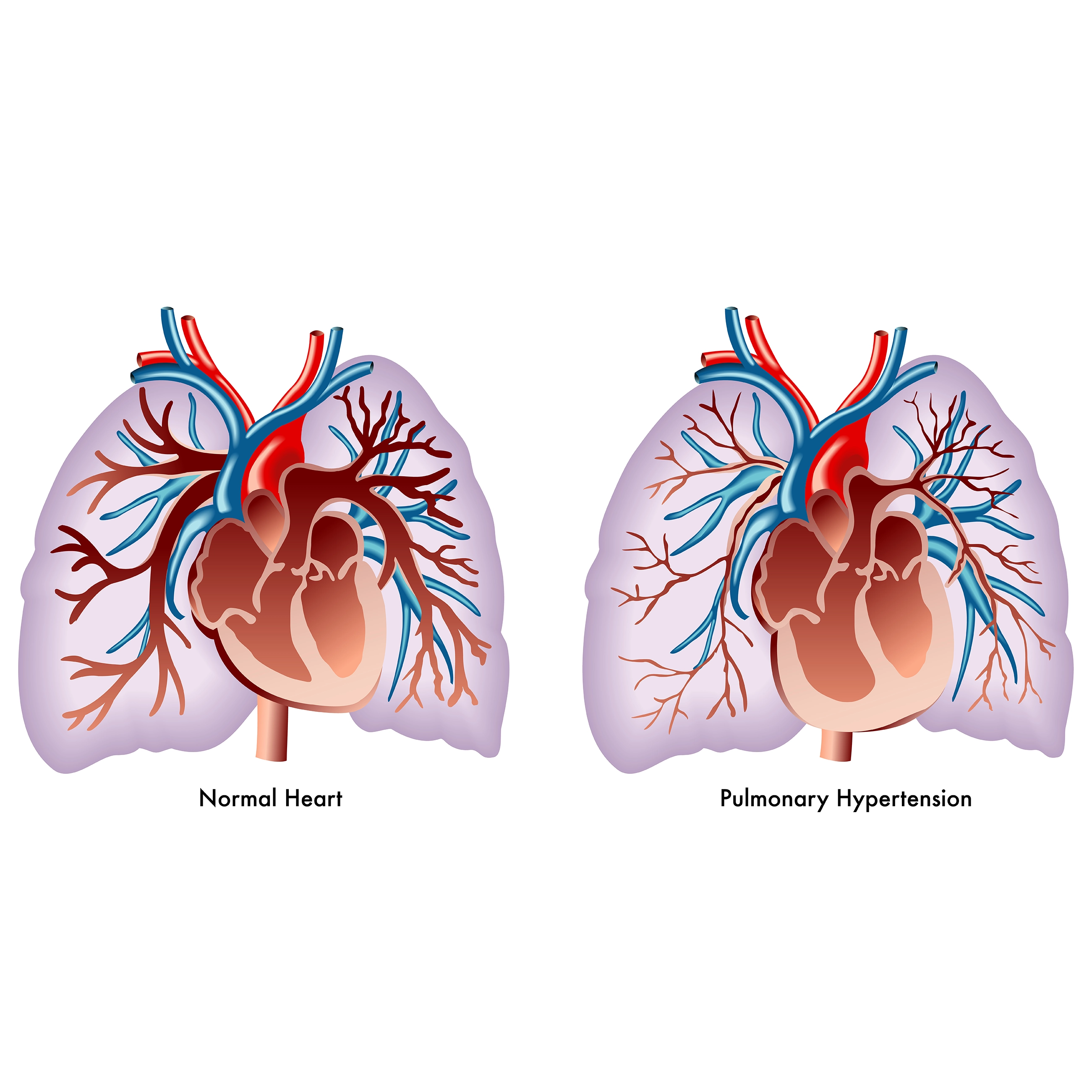ACC 2023: Back to Basics: Optimizing Therapies in Peripheral Arterial Diseases
The session discusses on optimising therapies for patients with peripheral arterial disease. The presence of peripheral arterial disease (PAD) is a malignant vascular phenotype and the vascular events of PAD exceeds coronary artery disease (CAD), particularly with the involvement of poly-vascular systems. Talking about the clinical outcomes with statins, 4S study demonstrated that Simvastatin resulted in 38% reduction in claudication and 28% reduction in CVA as compared to the placebo. In Heart Protection study, there was 28% relative risk reduction in first vascular event and 20% relative risk reduction in non-cardiac revascularisation, mainly peripheral revascularization. Similarly, REACH study which was a observational registry, PAD patients who were on statins demonstrated 18% relative risk reduction in major adverse limb events (MALE) and 17% reduction in major adverse cardiovascular events.
CRITISCH study was one of the first prospective registry study that demonstrated the effects of statins in patients with chronic limb threatening ischemia, causing 50% relative risk reduction in amputation and significant reduction in MACE events for the patients who were on statins. EUCLID trial with ticagrelor found similar results in different fashion. The trial showed that the patients who had major amputation had 20% lower chance of being on statin therapy. In a meta-analysis of 51 studies, it was found that statins reduced MALE by 30%, amputations by 35%, all-cause mortality by 39%, cardiovascular death by 41%, and stroke by 28%.
A sub-analysis from FOURIER trial conducted with Evolocumab demonstrated that patients with evolocumab had significantly lower major adverse limb events and the absolute risk reduction was 3.5% as compared to 1.6% absolute risk reduction in patients without PAD. Similarly, acute coronary events were reduced by 17%, acute cerebrovascular events were reduced by 23%, and acute peripheral vascular events were reduced by 42%. The sub-study from the ODYSSEY trial demonstrated similar results wherein alirocumab caused substantial reduction of PAD events including critical limb ischemia, limb revascularisation, and amputation.
PREVENT-III trial found that 54% of CLTI patients were not any lipid lowering therapy and an observational study by Arya et al. demonstrated that only 6% of PAD patients were prescribed with high-intensity statin therapy. In conclusion, PAD is underdiagnosed and under treated condition and lipid lowering therapy is beneficial with better PAD clinical outcomes. However, high-intensity statin therapy with or without PCSK-9 inhibitors achieving LDL-C levels <40 mg/dl appears to have best outcomes.
Acute limb ischemia (ALI) is a very feared complication of PAD and the outcomes after ALI are very poor. As the ischemic risks are atherothrombotic in nature, it makes sense that anti-thrombotic therapies have been investigated to mitigate the risk.
Aspirin monotherapy has beneficial outcomes in symptomatic PAD patients with the HR of 0.88 and P2Y12 monotherapy in CAPRIE trial (N=19,185 patients) demonstrated significant reduction in MACE with clopidogrel over aspirin monotherapy. In PEGASUS TIMI 54 and THEMIS trial, adding of ticagrelor over placebo on the top of aspirin reduces MALE in chronic PAD. In TRA 2P trial, adding Vorapaxar on top of aspirin and P2Y12 inhibitor significantly reduces MALE in patients with stable PAD. COMPASS trial showed that Rivaroxaban plus aspirin significantly reduced primary MACE events and showed reduction in MALE in PAD subgroup. In conclusion, patients with PAD are at heightened risk of cardiovascular and limb events and anti-thrombotic therapy selection should account for heterogeneity in risk for ischemia and bleeding and ticagrelor should be considered if DAPT is indicated. Low dose rivaroxaban plus low-dose aspirin reduces ischemic risk from the time of acute intervention to long-term secondary prevention in PAD.
Clinical management of PAD includes screening, education to the public, medicine titration as per guideline directed medical therapy. Causes of disparities in PAD/CLI are lack of awareness, differences in risk-factors and co-morbidities, undertreatment, lack of screening, clinical presentation variation, etc. The modifiable risk factors of PAD in Black Americans are diabetes, obesity, hypertension, high cholesterol, and nicotine use. CLI admissions are rising, especially among young population and 1 in 5 admissions for PAD are associated with co-morbid anxiety or depression.
In conclusion, depression and stress are common in PAD and is associated with increased risk of mortality, poor PAD health status recovery, higher costs, longer admissions.
American College of Cardiology (ACC) International Congress 2023, 4th March-6th March 2023, New Orleans




